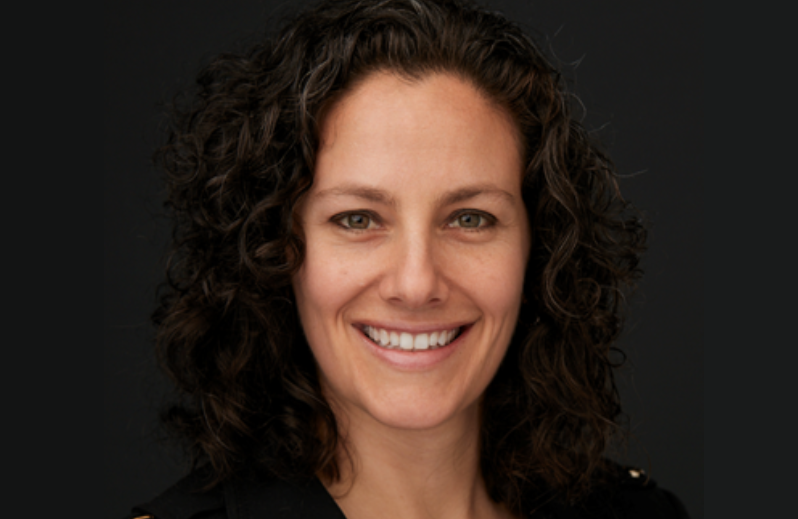
Shaping the Future of EMS: Advancing Quality and Care Nationwide Public Health
Emily Kaplan, Dr.P.H. ’21, M.P.A., EMTP, is dedicated to creating pathways for the future of EMS

With more than 20 years of emergency medical service (EMS) experience, Emily Kaplan, Dr.P.H. ’21, M.P.A., EMTP, assistant director for the Center for Disaster Medicine (CDM) and assistant professor of public health in the School of Health Sciences and Practice, demonstrates a deep commitment to improving the system far beyond the immediate care of a patient. From the chaos of responding to natural disasters like Hurricane Katrina to the quiet corners of people’s homes, Dr. Kaplan’s career has always focused on not just the care of others but enhancing the quality of care nationwide. As a paramedic, she was drawn to the unique privilege to see patients in a holistic way. "You're working with patients in their homes—often in non-emergency settings. You get to see the full picture of how people live, and what affects their long-term health. It's a rare opportunity," she says.
As Dr. Kaplan became more involved in quality improvement and teaching, she went on to earn a Master of Public Administration from Marist College. "I realized that in order to make a meaningful impact, I needed to understand the system at a deeper level, especially the economics and structure of health care," she says. Leveraging her expertise, Dr. Kaplan began working on regional quality improvement where her role provided quality improvement support for the Hudson Valley region. Her passion for driving change led her to seek involvement at the state level, where she now serves on the New York State Quality Assurance Committee and the New York State EMS Healthcare Innovations Committee. In these roles, she has helped develop policies and introduce initiatives to meet emerging needs in the health care system.
After teaching hospital-based EMS courses, Dr. Kaplan’s interests expanded into higher education, where she could continue her mission of improving EMS while shaping the next generation of health care professionals. She was instrumental in building the Montefiore Medical Center simulation center MECIS which serves residency, medical school, quality improvement, and simulation innovation programs.
In pursuit of her educational goals, she went on to pursue her Doctor of Public Health degree at NYMC. As a student, she admired the relationships she built with her cohort, faculty, and alumni, with whom she still keeps in contact. Her dissertation investigated EMS workforce readiness and the mental health issues tied to turnover, demonstrating the need to make improvements to the system from within. Now in her second year as the assistant director for the CDM at NYMC, she is playing a pivotal role in shaping disaster response education and training. CDM is one of only two centers in New York State providing training in managing public health crises. She focuses on expanding EMS training programs in disaster medicine and partnering with hospitals to bring disaster management and planning exercises directly to health care facilities.
One of the projects she assigned her master’s students at NYMC was for the Bureau of EMS, where they assisted in creating a mental health guidance document to help EMS agencies implement mental health support systems. As an educator, Dr. Kaplan stays focused on the needs of local schools, recognizing the shortage of opportunities for EMS professionals to hone their teaching skills. Her goal is to create pathways for professionals to enhance their teaching abilities while benefiting students with real-world learning. "This is my dream job," she says, "I never thought I’d be doing this 10 years ago, but I’m so grateful to be doing this now."
Dr. Kaplan is committed to advancing EMS research and driving improvements in New York State’s mobile integrated care model, one of the most multifaceted EMS systems in the nation, while improving the overall quality of care. With a vision for the future, a dedication to education and policy reform, and a passion for EMS that has only grown over the years, she’s determined to continue shaping the system for years to come. “When you change the system, you don't just change how one person receives care, you change the care for 1.9 million EMS activation calls that occur in New York each year. It's 1.9 million chances to do something different and do something better, and I’m so lucky to be a part of it.”

